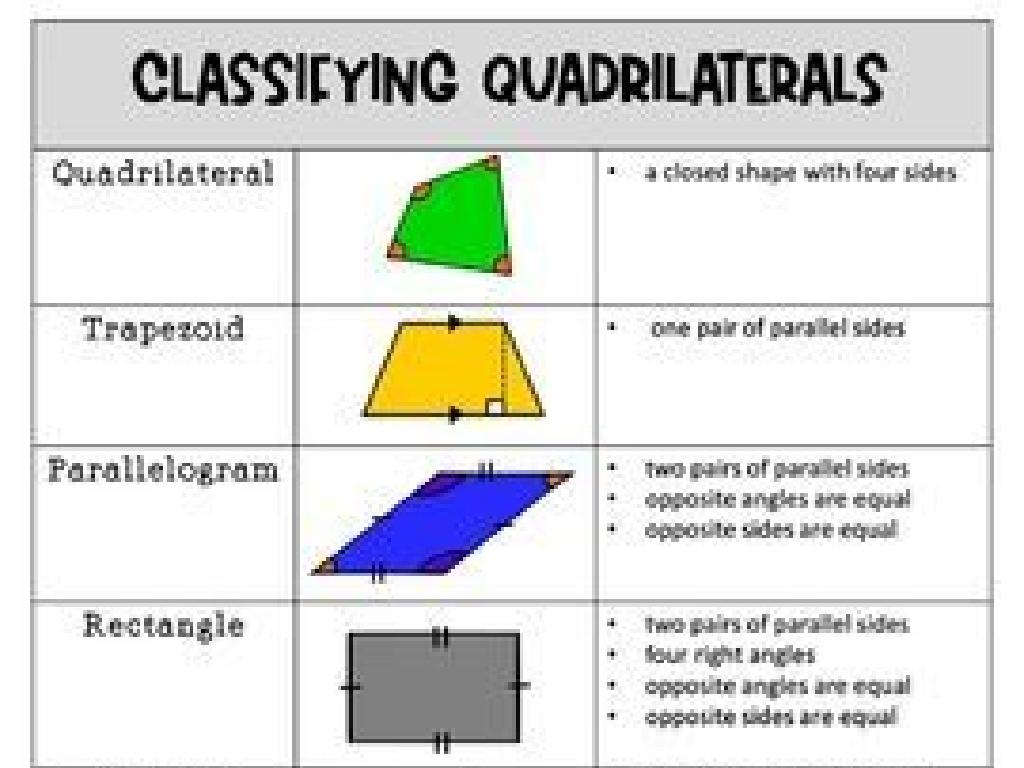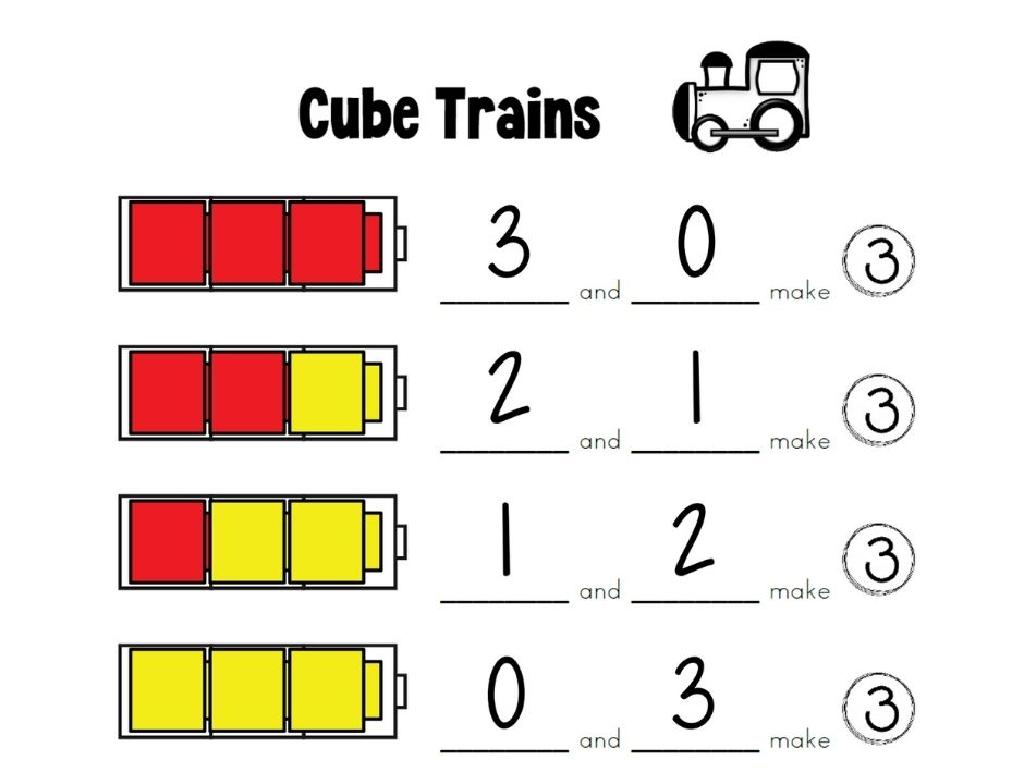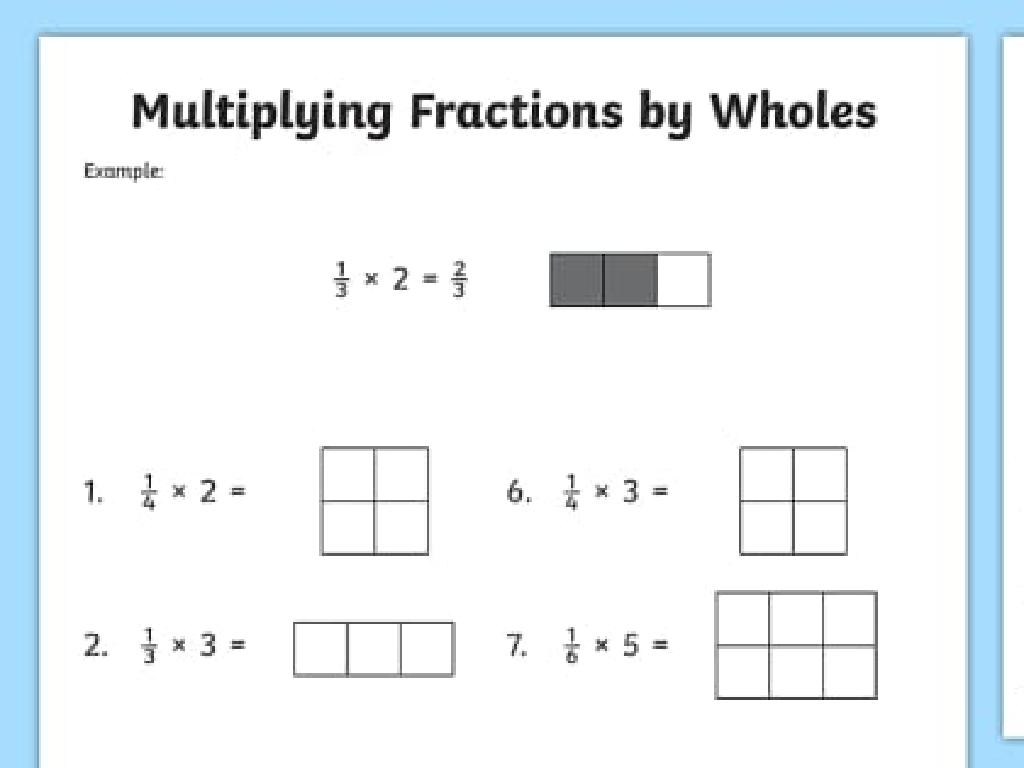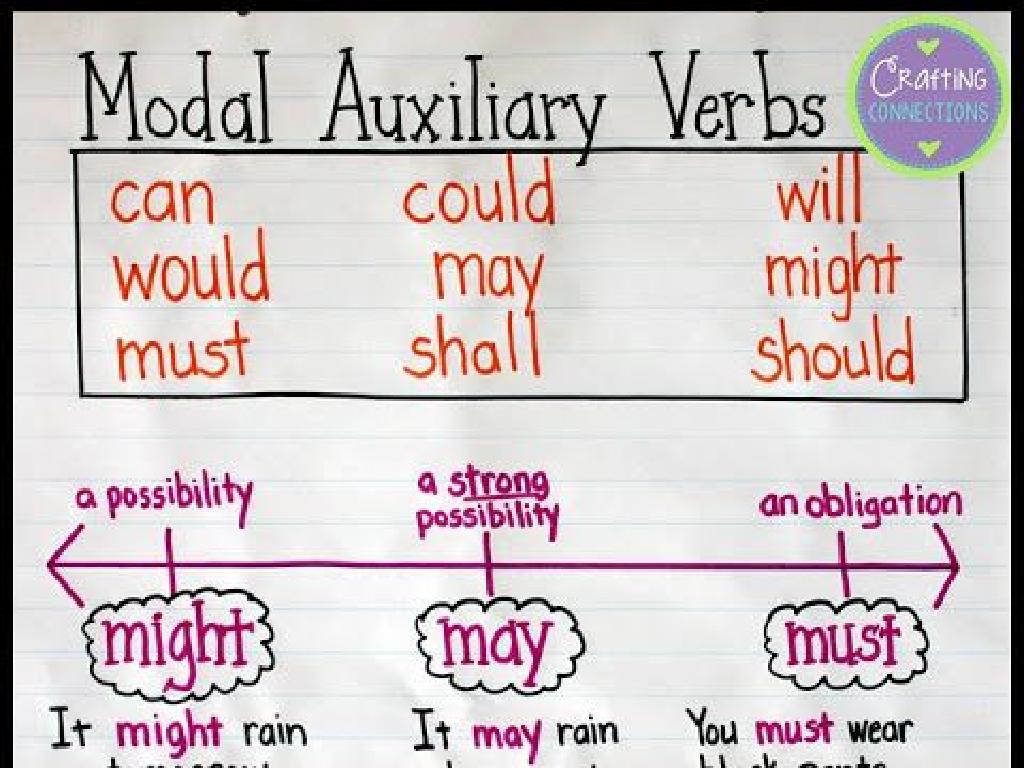Checks And Balances
Subject: Social studies
Grade: Eighth grade
Topic: Government
Please LOG IN to download the presentation. Access is available to registered users only.
View More Content
Introduction to Checks and Balances
– Understanding Checks and Balances
– A system that allows each branch of government to amend or veto acts of another branch to prevent any one branch from exerting too much power.
– Importance in Democracy
– Ensures no single branch becomes too powerful, protecting our freedoms.
– The Three Government Branches
– Executive, Legislative, Judicial – each with distinct responsibilities.
– Balancing Power
– Each branch has powers that can affect the others, ensuring cooperation and preventing tyranny.
|
This slide introduces the concept of checks and balances, a foundational principle of the United States government designed to secure democracy by ensuring that no single branch can dominate. It’s crucial for students to understand that this system is a safeguard against tyranny and is essential for maintaining the balance of power. Highlight the roles of the Executive, Legislative, and Judicial branches, and discuss how their separate powers allow them to check each other. Encourage students to think of checks and balances as a game of rock-paper-scissors, where each branch can ‘win’ over another in some way, ensuring a balance of power and mutual accountability.
The Legislative Branch: Checks and Balances
– Role and powers of Congress
– Congress makes laws, controls funding, and represents the public.
– Checks on Executive & Judicial
– Can override vetoes, approve appointments, and impeach officials.
– Process of passing a bill
– Bill introduction, committees review, debates, and voting procedures.
– Case study discussion
– Analyze a real bill’s journey to becoming law, highlighting checks and balances.
|
This slide aims to educate students on the Legislative Branch’s function within the U.S. government’s system of checks and balances. Emphasize the bicameral structure of Congress, consisting of the House of Representatives and the Senate, and their roles in lawmaking, budget control, and public representation. Discuss how the Legislative Branch can check the Executive by overriding vetoes, confirming or rejecting appointments, and the power of impeachment. Explain the process of how a bill becomes a law, including introduction, committee review, debates, amendments, and voting. Use a case study of a recent bill to illustrate these concepts in a practical context, showing students how checks and balances operate in real legislative scenarios. Encourage critical thinking by discussing the importance of these mechanisms in maintaining a balanced government.
The Executive Branch: Checks and Balances
– Role and powers of the Executive
– The President leads the Executive, enforcing laws, and commanding the military.
– Executive checks on other branches
– Can veto legislation, appoint judges, and pardon individuals.
– Scenario: Using veto power
– President refuses a bill, showcasing check on Legislative power.
– Impact of veto in government
|
This slide aims to explain the checks and balances system by focusing on the Executive Branch. Students should understand the President’s role, including enforcing laws and commanding the military. Emphasize the Executive’s power to check the Legislative and Judicial branches, such as vetoing bills, appointing federal judges, and granting pardons. Use a real-life scenario to illustrate veto power: for example, if Congress passes a law but the President believes it’s not in the country’s best interest, they can veto it. This action demonstrates the balance of power, ensuring one branch does not become too powerful. Discuss the implications of a veto and how it can be overridden by Congress to deepen the understanding of checks and balances.
The Judicial Branch: Checks and Balances
– Role and powers of the Judicial Branch
– Interprets laws and ensures justice
– Judicial checks on other branches
– Can declare laws or actions unconstitutional
– Discuss: Judicial Review’s impact
– How does Judicial Review shape our laws?
|
This slide aims to educate students on the function and authority of the Judicial Branch within the U.S. government’s system of checks and balances. The Judicial Branch, primarily through the Supreme Court, interprets laws and has the power to ensure justice is upheld across the country. One of its key roles is to check the powers of the Legislative and Executive Branches by reviewing laws and actions to determine if they are constitutional. Engage students in a discussion about Judicial Review, using historical examples like Marbury v. Madison to illustrate its profound impact on shaping American law and society. Encourage students to think critically about how this process contributes to the balance of power in the government.
Checks and Balances in Action
– Real-world examples of checks
– President vetoes a bill, Congress overrides veto
– Balancing the government branches
– Each branch must work with others to govern effectively
– Interactive branch power activity
– Identify branch powers with real scenarios
– Significance of checks and balances
|
This slide aims to illustrate the concept of checks and balances within the U.S. government through tangible examples and interactive learning. Start by discussing historical instances, such as a presidential veto being overridden by Congress, to show checks in action. Emphasize the importance of each branch having equal power to prevent any single branch from becoming too dominant. Engage students with an activity where they match powers to the correct branch of government, using real-life scenarios to deepen their understanding. Conclude by reflecting on how this system is crucial for maintaining a fair and democratic government. Encourage students to think critically about current events and how checks and balances play a role.
Class Activity: Government Branches Role-Play
– Form groups for each government branch
– Act out your assigned scenario
– Each group will simulate decision-making processes
– Engage in class discussion post-activity
– Reflect on the checks and balances system
– Discuss how each branch can influence the others
|
This activity is designed to help students understand the checks and balances system through experiential learning. Divide the class into three groups, each representing the Executive, Legislative, and Judicial branches of the U.S. government. Provide each group with a scenario that requires them to make a decision or take action that would typically fall under their branch’s responsibilities. After the role-play, lead a class discussion to reflect on the activity. Ask students to share what they learned about how the branches of government can check and balance each other. This will help them grasp the practical application of checks and balances in governing. Possible scenarios could include passing a law, vetoing legislation, or ruling a law unconstitutional.






